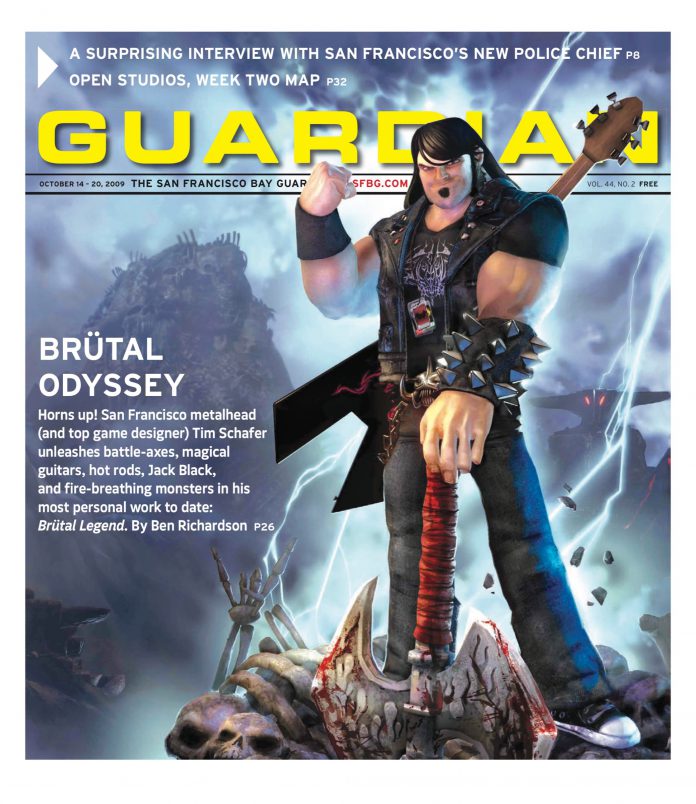cheryl@sfbg.com
FILM Habitual attendees of documentary films in San Francisco might be surprised to see so many familiar titles in this year’s SF DocFest lineup. At least one (American Artifact: The Rise of American Rock Poster Art, which played the Red Vic a few months back) is skippable. Others — like I Need That Record: The Death (or Possible Survival) of the Independent Record Store, Johnny Cash at Folsom Prison, Off and Running, and especially Johnny Weir portrait Pop Star on Ice — make welcome returns. But the standout film is brand-new to these parts, and since it’s the closing-night film, it screens only once. Fans of true crime, urban legends, twisted suburbia, and serial killers won’t want to miss Cropsey.
For kids growing up on Staten Island — including codirectors Barbara Brancaccio and Joshua Zeman — "Cropsey" was the name given to the faceless boogeyman who lurked in the woods, slaking his bloodthirsty urges with disobedient children. (The name spread into popular culture with 1981 summer-camp slasher The Burning, featuring a bad guy named "Cropsy.") Sure, logic dictates that boogeymen aren’t real, but kids of Staten Island might’ve had trouble believing that. First of all, the husk of Willowbrook State School, subject of an infamous 1972 TV expose by a young Geraldo Rivera, loomed nearby; it closed in 1987, years after the horrible conditions within were exposed. Then, that same year, a 12-year-old girl with Down syndrome disappeared, and was found dead a month later. Suddenly, the Cropsey legend no longer felt like fiction.
A multilayered doc that’s clearly the product of a genuinely curious filmmaking team, Cropsey digs into Staten Island’s history to explore the community’s reaction to the tragedy, and to the man eventually charged for it: Andre Rand. Rand’s wild-eyed, drooling perp walk was enough to convince the general public, police, and media (the New York Daily News called him the "Hannibal Lecter of Staten Island") of his guilt. And he was a shady character, a former Willowbrook employee who’d taken to camping out among its abandoned buildings. He also had a history of sexual crimes against children. But, as Brancaccio and Zeman discover, there was no evidence, beyond unreliable eyewitnesses, that tied him to the girl’s disappearance. As Cropsey unfolds in true crime-drama style, fact and folklore become increasingly tangled; the viewer is openly encouraged to consider every angle with equal gravity.
Just as disturbing, but in a marginally less sinister and more overtly entertaining way, is the Johnny Knoxville-produced The Wild and Wonderful Whites of West Virginia. Fans of Jesco "Dancing Outlaw" White, take note: Wild follows White’s entire family, all as quotable and lawbreaking as he is, for a year, chronicling births, deaths, jail ins and outs, pill-popping, pill-snorting, public drunkenness, gunplay, DIY tattooing, and questionable parenting (and grandparenting). Fortunately it’s not completely exploitative, though the above description may suggest otherwise.
SF DOCFEST
Oct 16–29, $11
Roxie, 3117 16th St., SF

